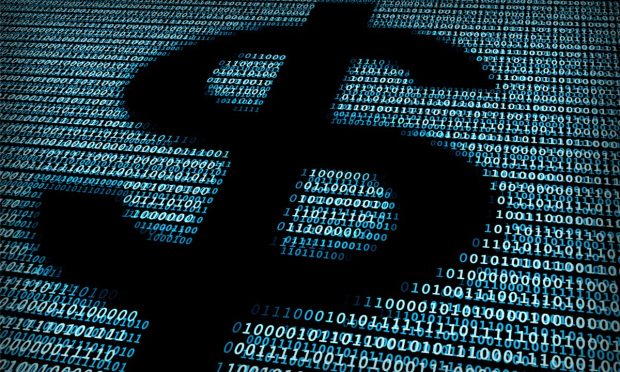Study of Digital Dollar Beneficial Even if CBDCs Never Happen: Cleveland Fed Head

Cleveland Federal Reserve President Loretta Mester said that even if the U.S. does not issue a central bank digital currency (CBDC), the Fed’s study of the technology will pay dividends.
Speaking at the 2022 Chicago Payments Symposium on Oct. 4, Mester said that “given the evolving digitalization of the financial system,” the Fed’s research and experimentation on the underlying technologies of a digital dollar will provide “insights that will not only help inform a future decision on a CBDC but also aid our current work on faster payments, interoperability between payment systems, and payment system resiliency.”
One of the key questions the Fed is working on is how to ensure the security of a digital currency, while another is to determine how to balance privacy and transparency, she said.
Mester also noted that the safeguards necessary to “maintain the public’s confidence in the payment system will also need to evolve,” with both public- and private-sector service providers and regulators working together to protect against cybersecurity breaches, fraud and data leakage.
While many in the crypto industry say quantum computing is a decade or several decades off — which could be such a leap forward in computing power that the cryptography behind cryptocurrencies could fail — Mester warned that it will also “disrupt the cryptography currently in place that secures our payment services.”
Beyond that threat, current data privacy techniques will have to adapt, she said, noting that the “traditional way of keeping data private, by taking away names or otherwise anonymizing it, no longer works in a world rich with multiple data sources that can be cross-referenced to de-anonymize the data and reveal identities.”
Related: SWIFT Shapes Global CBDC Framework Following 8-Month Study
India’s CBDC Vision
Meanwhile, the Reserve Bank of India has issued a 50-page “concept note” setting out the “the planned features of the Digital Rupee,” including explanations of the “objectives, choices, benefits, and risks of issuing a CBDC.”
The document, dated Oct. 7, goes into technology and design choices, how it will be issued and looks at the implications of the digital rupee’s issuance on the banking system, monetary policy, financial stability and users’ privacy.
In it, the RBI said that its approach is governed “by two basic considerations — to create a digital Rupee that is as close as possible to a paper currency and to manage the process of introducing digital Rupee in a seamless manner.”
See also: Simplifying X-Border Flows Key to Achieving Global CBDC Interoperability
The document also pointed a finger directly at stablecoins and cryptocurrencies, saying “private virtual currencies sit at substantial odds to the historical concept of money” and “they have no intrinsic value… [and have] attempted to challenge the fundamental notion of money as we know it.”
“Claiming the benefits of decentralization, cryptocurrencies are being hailed as innovation that would usher in decentralized finance and disrupt the traditional financial system,” the RBI document continued. “However, the inherent design of cryptocurrencies is more geared to bypass the established and regulated intermediation and control arrangements that play a crucial role of ensuring integrity and stability of monetary and financial eco-system.”
HKMA Asks Why
Hong Kong Monetary Authority (HKMA) CEO Eddie Yue Wai-man told the South China Morning Post that it is experimenting with the strongest use cases for a CBDC in order to give people a reason to use it.
“Hong Kong’s electronic retail payment system is already very diverse, very convenient and very cheap,” he said. “If we want the public to adopt the e-HKD, we need to have a suitable use case that can show that the CBDC is superior or more convenient, or cheaper.”
Russia Points Digital Ruble at China
Russia intends to issue a digital ruble and use it in settlements with China by next year in hopes of reducing the power of the dollar over the global financial system, where it is the world’s reserve currency.
Forced out of the SWIFT financial messaging system by sanctions, Russia has lost access to much of the global financial infrastructure, Reuters reported.
“If we launch this, then other countries will begin to actively use it going forward, and America’s control over the global financial system will effectively end,” Anatoly Aksakov, head of the parliamentary financial committee in Russia, said in an interview with the Duma’s in-house newspaper.
For all PYMNTS crypto coverage, subscribe to the daily Crypto Newsletter.
